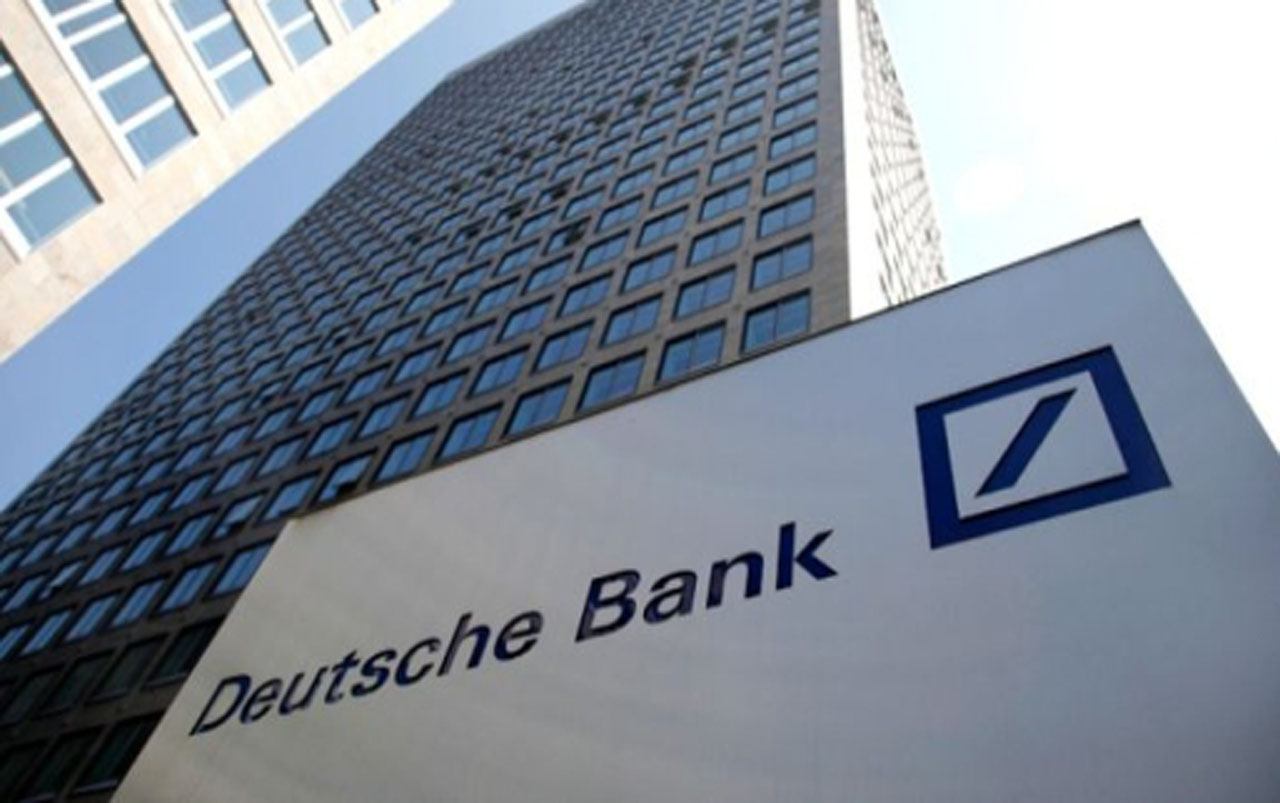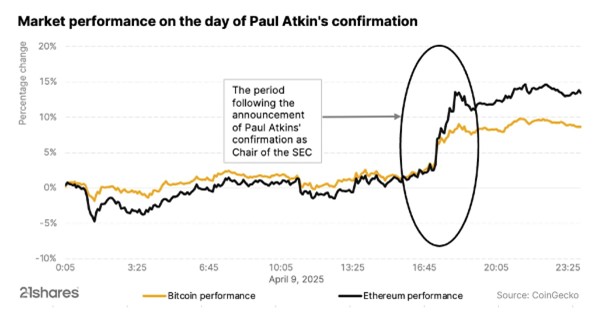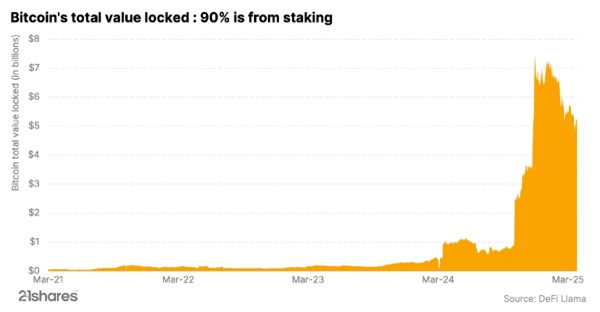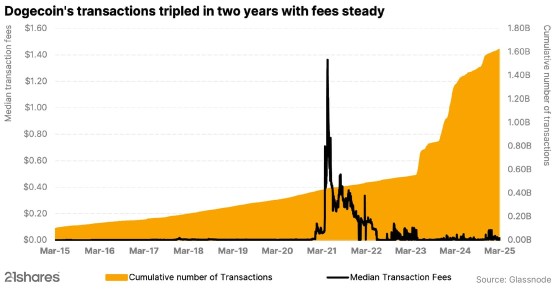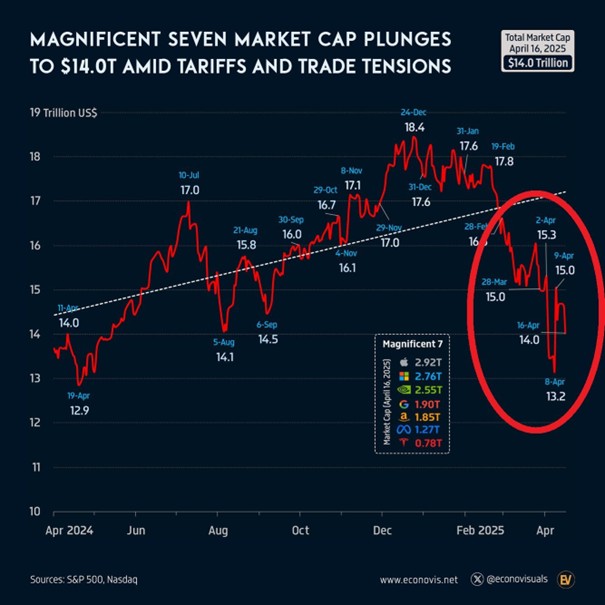Nyheter
TAARSS says prefer Europe, US Defensives, & green shoots in Energy
-
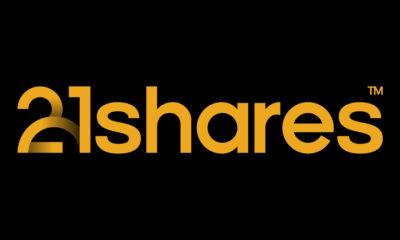
 Nyheter3 veckor sedan
Nyheter3 veckor sedanCrypto Market Risks & Opportunities: Insights on Bybit Hack, Bitcoin, and Institutional Adoption
-
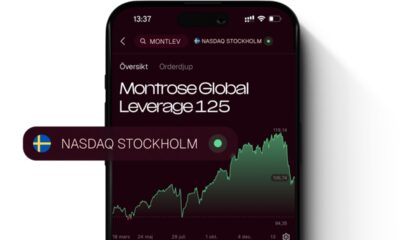
 Nyheter3 veckor sedan
Nyheter3 veckor sedanMontrose storsatsning på ETFer fortsätter – lanserar Sveriges första globala ETF med hävstång
-

 Nyheter4 veckor sedan
Nyheter4 veckor sedanWarren Buffetts råd om vad man ska göra när börsen kraschar
-

 Nyheter3 veckor sedan
Nyheter3 veckor sedanSvenskarna har en ny favorit-ETF
-
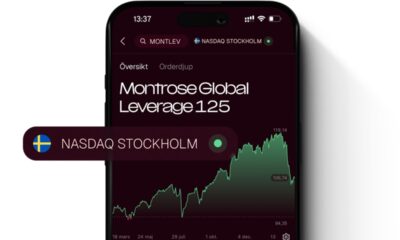
 Nyheter3 veckor sedan
Nyheter3 veckor sedanMONTLEV, Sveriges första globala ETF med hävstång
-

 Nyheter4 veckor sedan
Nyheter4 veckor sedanFastställd utdelning i MONTDIV mars 2025
-

 Nyheter2 veckor sedan
Nyheter2 veckor sedanSju börshandlade fonder som investerar i försvarssektorn
-

 Nyheter2 veckor sedan
Nyheter2 veckor sedanVärldens första europeiska försvars-ETF från ett europeiskt ETF-företag lanseras på Xetra och Euronext Paris

